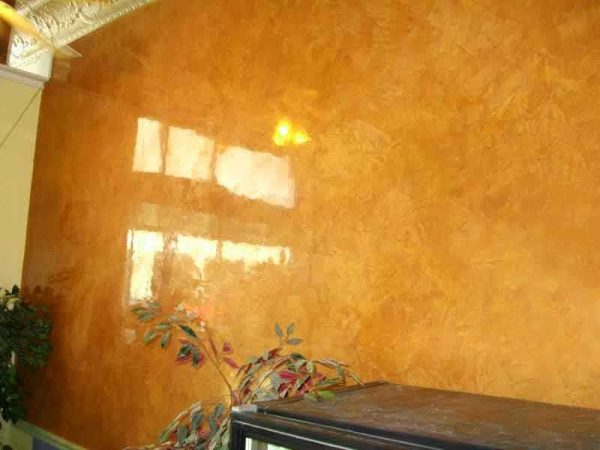Decorative plaster has become a very popular finishing material, which is widely used for wall cladding in houses and apartments. It is suitable for exterior and interior use, unpretentious in care, and looks very impressive.
- Features and Purpose
- Varieties of compositions
- Choosing wax for different surfaces
- Cost and quality
- Waxing process
- Application and polishing
- Error correction
- How to remove a wax layer
- DIY wax recipe
- Soap Wax
- Natural Wax Composition
- Wallpaper glue based wax
- How to replace the wax composition
- Wax Reviews
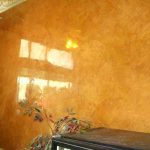
To keep the coating attractive for a long time, a special wax for decorative plaster is applied on top of it - a protective composition on an environmentally friendly basis.
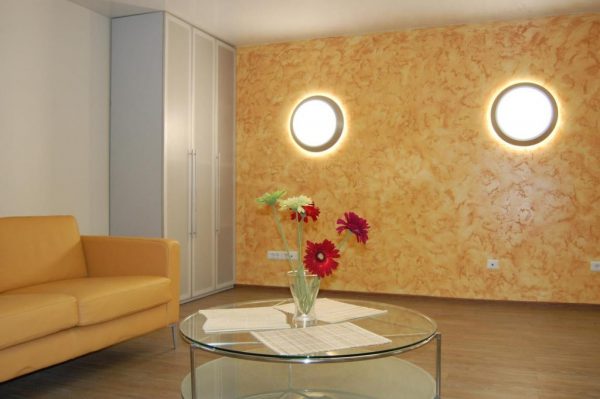
Features and Purpose
Wall wax can be used together with various types of plasters - with usual finishing, Venetian, such as "bark beetle", "fleece". The main purpose of its application is to create a water-repellent coating on the plaster, which in itself is prone to absorb moisture. In addition to enhancing the moisture resistance of the finish, the tool also performs other functions:
- prolongs the life of the plaster;
- improves appearance;
- imparts dullness or gloss;
- allows you to change the color of the base.
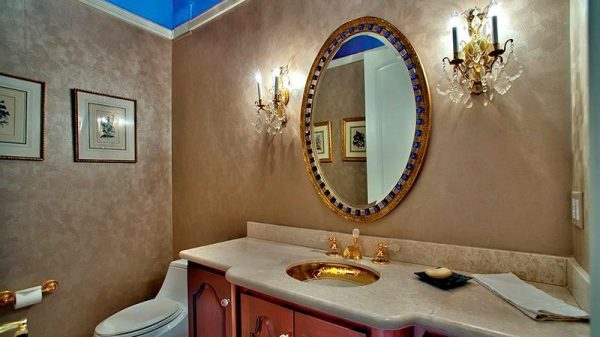
Using wax, you can create interesting tonal transitions on the wall, perform a drawing, change the texture of the finish. The compositions are based on acrylic copolymers, natural waxes, various modifiers and fillers. Due to the absence of harmful components, they can be used in any premises, even in nurseries. In addition, the products are vapor-permeable and do not interfere with the natural air exchange in the house, so a healthy microclimate will remain.
to contents ↑Varieties of compositions
Plaster wax can be natural or synthetic. We are talking about its basis: in natural materials, its role is played by bee or palm wax, which gives the finish a unique shine. Such compounds are hypoallergenic, but have a shorter service life than artificial ones. The latter are obtained industrially from safe components. Synthetic products are practically immune to moisture, temperature changes, wear-resistant and do not require frequent updating of the layer.
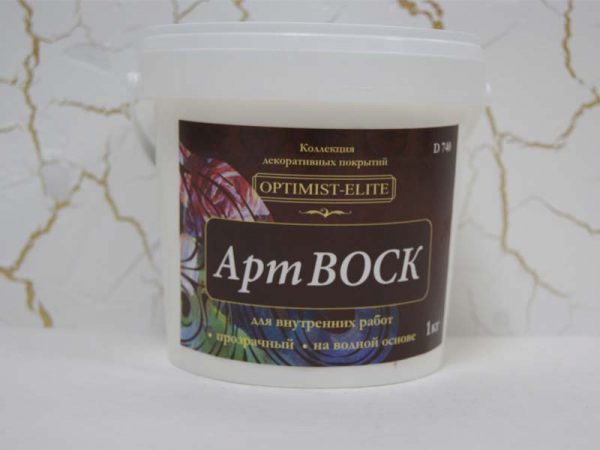
Depending on the structure, all waxes can be divided into:
- liquid - easy to apply with a brush, quickly fill even the smallest pores of the base, ideal for highly porous, rough surfaces;
- thick - more suitable for smooth materials, for example, for plaster with imitation of marble, granite.
According to the color scheme, wax for Venetian plaster can also be chosen from many options. Here are their main types:
- Transparent.They provide shine, beautiful gloss, or give the effect of soft silkiness. Usually used on plaster with complex painting or “stone” already done.
- Colored. They help change the tone of the base itself or paint a colorless coating. Compositions of different brands are available in rich color variations.
- With decorative impurities. The most popular are waxes with gold or silver dust. They are used to simulate gilding, silvering, to give the coating a beautiful metallic sheen.
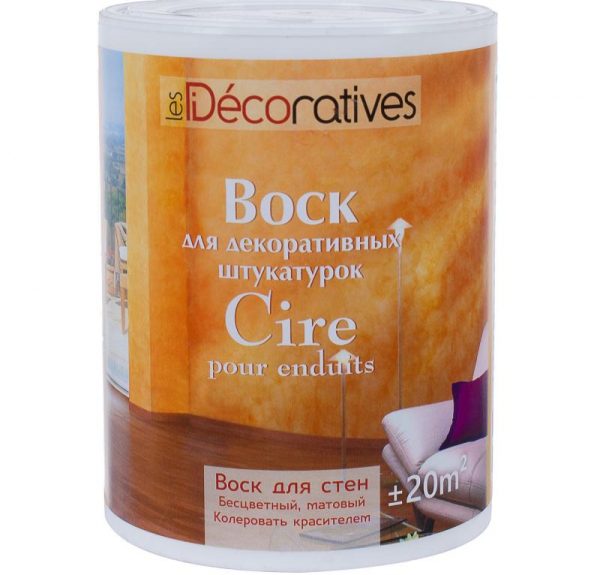
Choosing wax for different surfaces
When buying a waxing product, you should pay attention to its compliance with a particular type of plaster according to performance characteristics. For example, the Venetian is applied in several layers, providing it with a special look like stone or antiquity. Wax should only emphasize the beauty of the walls, and not drown it, so in this case it is worth choosing a transparent composition with a moderate sheen.
Boring, monophonic coatings with a matte texture can be decorated with wax with bronze dust or gilding. The same effects are ideal when applying Moroccan plaster. There are compositions specially designed for decorating walls in a vintage style - they give them a cracked look, working like varnish craquelure. When choosing wax for a bathroom, kitchen, bathroom, attention should be paid to moisture resistance - the indicator should be maximum.
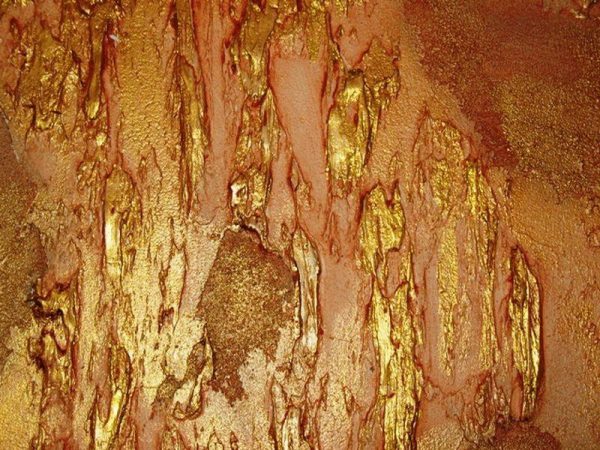
Cost and quality
The price of the product depends heavily on the manufacturer and the components that make up the composition. It can be 400-5500 rubles per liter. For example, waxing material from the Russian brand VGT costs 450 rubles / liter, Parade Ice Venezia Wax Swedish wax costs about 1100 rubles, and Cera di Veneziano costs 5450 rubles.
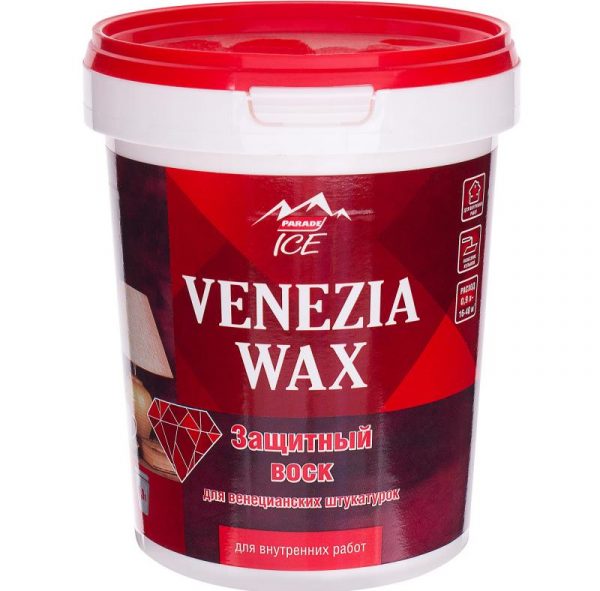
Do not buy too cheap waxes - they can be of poor quality, so they won’t last long. Normally, the coating should be renewed every 4-5 years, and low-grade compounds sometimes even after a year lose their attractiveness and protective properties. Also, when buying, you need to pay attention to environmental cleanliness and the absence of allergic components in the composition.
to contents ↑Waxing process
Before working with the product, it is necessary to carefully prepare the surface with the plaster applied on it (the latter must be completely dry). Dust is removed from the base, preferably with a vacuum cleaner. The plaster should not have holes, other defects - after the wax layer is completed, it will be impossible to fix them.
Liquid compositions can be applied with a soft flannel cloth, cloth, for thick should buy a rubber spatula. You must immediately buy a sufficient amount of basic material: its consumption is 50-80 g / sq. m per layer.
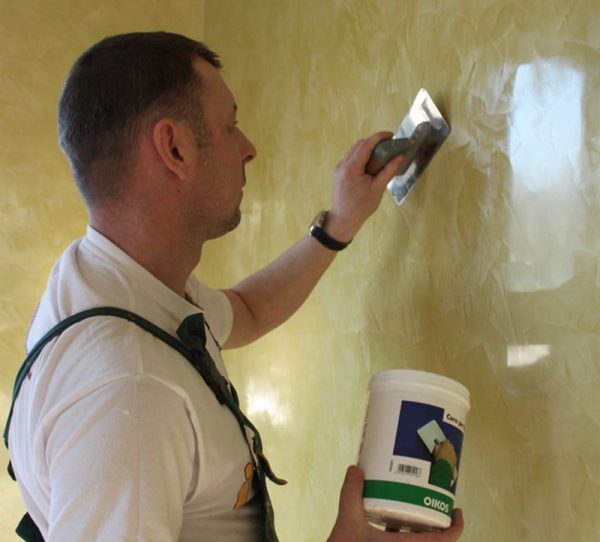
Too dense wax can be slightly diluted with water, preheating it at the battery or in a water bath. It is important that the volume of water does not exceed 3% of the base. The composition is gentler, more pliable, on primed plaster, and priming is also carried out using wax (4 parts of water are introduced into 1 part). The primer must be allowed to dry well.
to contents ↑Application and polishing
Wax is applied so that its layer rises slightly above the surface and fills all the cavities, holes in the plaster. Do it in continuous mode: then all areas will be evenly colored. A novice should invite an assistant for waxing large surfaces. It is better to apply the product from the corner, moving along the wall.
After application, the composition is rubbed with a slightly damp sponge on the base, and then rubbed with a soft cloth until a shine appears. Excess non-absorbed funds are immediately erased. If the technique involves tinting the cracks with dark wax, on the contrary, do not touch the composition that filled them: then the relief will be more distinct. To enhance the shine, polish the walls with a grinder with a special nozzle. Wax drying time is 12-14 hours, complete drying takes place after 7 days.
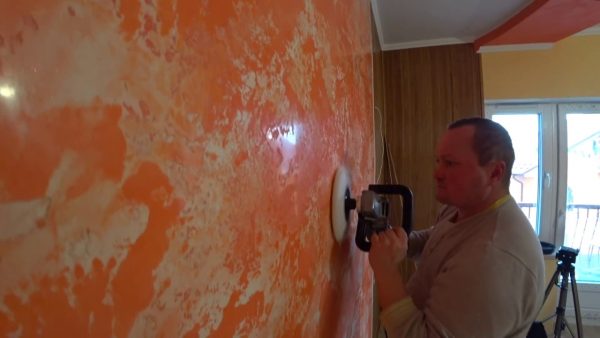
Error correction
It happens that the composition is applied unevenly, and stripes, spots become visible on the surface. It is advisable to correct the mistake immediately, before the material has not yet been set. It is enough to moisten the cloth with water, remove excess or add a little wax, after polishing the surface.
Sometimes flaws are noticed later, after 4-7 hours, when the wax is already partially hardened. In this case, you should warm the problem area with a hairdryer, wet a cloth with hot water and wipe the wall. A solvent can be used to remove solidified solidified layers. If wax has accumulated in the inner corners of the walls, it is permissible to wrap the spatula with a white rag and re-sand these areas.
to contents ↑
How to remove a wax layer
Too thick a layer of the product that has not yet hardened can be washed off with ordinary hot water using a soft cloth.
Complex areas are wiped with white spirit or other solvent. Dried wax is removed by grinding with a fine-grained sandpaper using a grinding machine or sponge. Then remove the dust and the rest of the composition with a vacuum cleaner.
DIY wax recipe
Quality tools are quite expensive, and it is not always possible to finish them the whole room. In this case, there is an option for self-production of the composition for finishing the plaster.
Soap Wax
This tool is prepared from ordinary toilet soap. A piece of 150 g planed on a grater with large holes, then pour 7 liters of boiling water, brought to complete dissolution. Separately, in a small amount of water, 2 teaspoons of soda are diluted, added to a soap solution. Beat the product with a whisk, leave to cool. After the wax is ready to be applied.
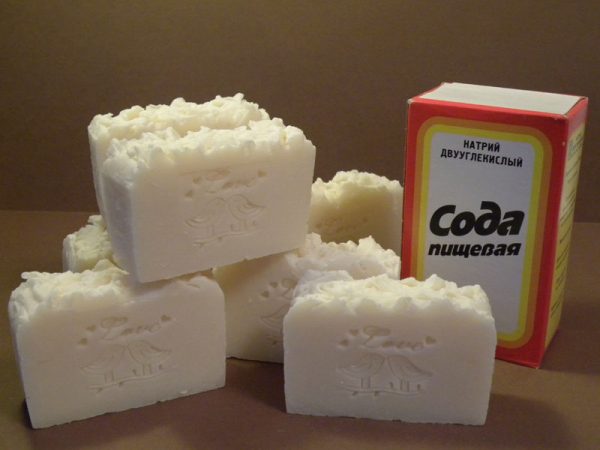
Natural Wax Composition
It is necessary to prepare the following ingredients:
- 2 parts of beeswax (can be replaced with paraffin);
- 1 part of purified turpentine;
- 1 part of linseed oil;
- any pigments (if necessary).
Cut the wax, melt in a water bath. The remaining components are added, with a whisk they add uniformity to the mass, allow to cool and use as directed.
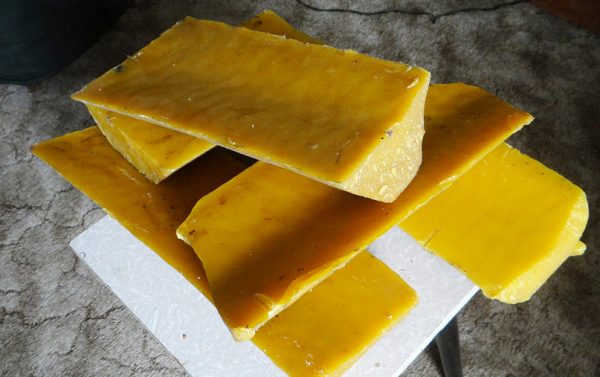
Wallpaper glue based wax
Wallpaper glue is bred in advance according to the instructions. They insist it for half an hour, filter to exclude the presence of lumps. In 2 parts of glue, 1 part of acrylic varnish and ½ part of any decorative paint are introduced. Mix the composition well, apply to the plaster, like regular wax. If the finish is planned to be made colorless, the paint can be omitted.
How to replace the wax composition
Do not leave plaster without topcoat, especially in wet rooms. She will not receive proper protection and will not gain the most attractive appearance. If waxing is not possible for any reason, it can be replaced with varnish. The latter performs similar functions:
- long preserves the beauty of the finish and the brightness of the colors;
- protects from the influence of negative factors;
- protects from getting wet;
- provides shine.
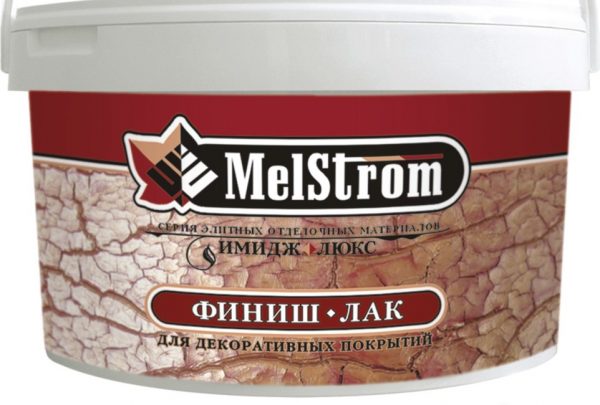
Typically, water-based acrylic varnishes are used for plaster processing. They are environmentally friendly, suitable for indoor use.
to contents ↑It is important that the composition is vapor permeable and moisture resistant, otherwise it will not last long and will violate the microclimate in the house. Most varnishes dry in 3 hours. They can be not only glossy, but also matte, and are also available in color options, with a metallic sheen and other additives.
Wax Reviews
According to the masters, the merits of wax are difficult to overestimate. After waxing, the surfaces look expensive, elegant.With the right color selection, the room will be even more stylish, attractive. In the reviews, users note that the walls after applying the wax do not deteriorate from the ingress of water or constantly increased humidity. Mistresses like that it is not difficult to take care of such surfaces - you can just wash them with a cloth.
Having chosen decorative plaster for home decoration, you should immediately think about its protection and apply the finish coating. Ideally, if wax will act: this material is very beautiful, reliable and serves for many years!



